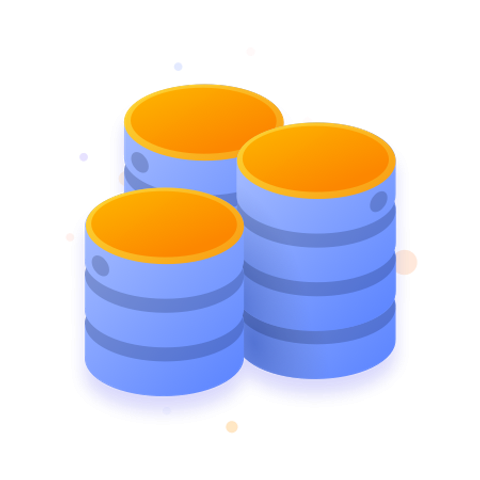Blog

How to create more 'technojoy' in your organisation
Learn to turn technostress and 'quiet cracking' into 'technojoy' with a supportive culture, clear leadership, better training, healthy digital boundaries, smart AI use, and jargon-free communication.
By Danny Coleman
on 8 Jan 2026

Adaptavist acquires D|OPS Digital to accelerate DevSecOps excellence
D|OPS Digital, a leading consultancy specialising in developer experience transformation, will be integrated into Adaptavist, part of The Adaptavist Group.
By Simon Haighton-Williams
on 3 Oct 2025

Atlassian sunsets Data Center in March 2029: your next steps
Atlassian has announced that it will sunset Data Center deployment for its products in March 2029. Here are your next steps.
By The Adaptavist Group
on 10 Sept 2025

From silos to sync: Unlock Atlassian Teamwork Collection
In this blog, we take a closer look at the challenges posed by fragmented tools and siloed teams and how Atlassian Teamwork Collection can help solve them.
By Michael Rudenko
on 20 Jan 2026

What's on the horizon for AI in 2026 (part 1)
Discover the first of our AI predictions for 2026 on how Atlassian Rovo, AI agents, and Teamwork Graph will transform workflows and make the value of AI measurable.
By Danny Coleman
on 19 Jan 2026

Why is it worth thinking about developer experience?
Matt Saunders of The Adaptavist Group explains how DevEx drives productivity, innovation, and a virtuous cycle for software development.
By Matt Saunders
on 19 Jan 2026

Teamwork Collection: Changing how teams work together in the cloud
Atlassian Teamwork Collection (Jira, Confluence, Loom) with Rovo AI integrates planning, knowledge, and communication to enhance collaboration and productivity.
By Michael Rudenko
on 16 Jan 2026

Updates to Atlassian Data Center prices, effective 17 February 2026
Atlassian has announced pricing updates for its Data Centre products, effective 17 February 2026.
By The Adaptavist Group
on 15 Jan 2026

How to create more 'technojoy' in your organisation
Learn to turn technostress and 'quiet cracking' into 'technojoy' with a supportive culture, clear leadership, better training, healthy digital boundaries, smart AI use, and jargon-free communication.
By Danny Coleman
on 8 Jan 2026